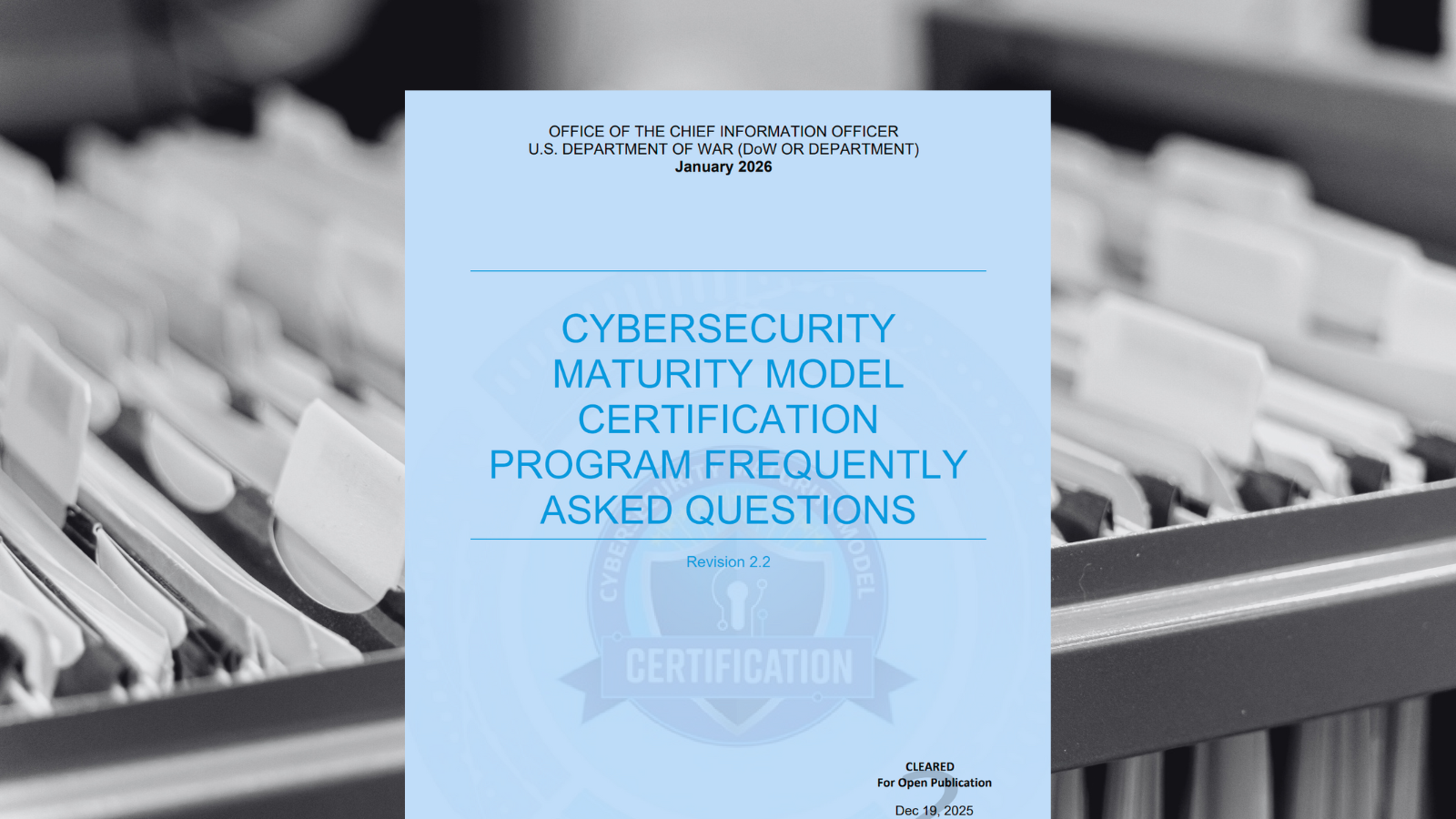Explaining the “Internet of Things” or IoT or why people should care can be complicated. Boiled down, it is this: many electronic devices connect to the internet, from doorbell cameras to coffee makers to Wi-Fi lightbulbs. On the surface, these devices are innocuous. However, because they are integrated into your network (I.e. via Wi-Fi) and they are often forgot about when it comes to security and updates, they can become conduits for chaos. How do you upgrade your coffee maker’s software anyway?
Take, for example, the case of Jeep in 2015. Hackers became aware of an exploit where they could access the head unit or main computer and control most of the functions of the car. Some Wired reporters/hackers tried this out, basically shutting down a Jeep on the freeway. Don’t worry too much, their friend was driving.
This goes hand in hand with a Mozilla study that found there is not a car manufacturer out there that scores “good” on privacy ratings.
Thankfully, with devices like cars and smartwatches, you are often prompted to update regularly—either the device will notify you or you are likely to get an email from the manufacturer. The real threat comes from devices you interact with less frequently, like printers and your microwave. Or for those that you don’t consider as linked to your digital network.
The Cybersecurity & Infrastructure Security Agency recommends the following tips for securing your personal “Internet of Things”:
Evaluate your security settings. Most devices offer a variety of features that you can tailor to meet your needs and requirements. Enabling certain features to increase convenience or functionality may leave you more vulnerable to being attacked. It is important to examine the settings, particularly security settings, and select options that meet your needs without putting you at increased risk. If you install a patch or a new version of software, or if you become aware of something that might affect your device, reevaluate your settings to make sure they are still appropriate. See Good Security Habits for more information.
Ensure you have up-to-date software. When manufacturers become aware of vulnerabilities in their products, they often issue patches to fix the problem. Patches are software updates that fix a particular issue or vulnerability within your device's software. Make sure to apply relevant patches as soon as possible to protect your devices. See Understanding Patches for more information.
Connect carefully. Once your device is connected to the Internet, it's also connected to millions of other computers, which could allow attackers access to your device. Consider whether continuous connectivity to the Internet is needed. See Securing Your Home Network for more information.
Use strong passwords. Passwords are a common form of authentication and are often the only barrier between you and your personal information. Some Internet-enabled devices are configured with default passwords to simplify setup. These default passwords are easily found online, so they don't provide any protection. Choose strong passwords to help secure your device. See Choosing and Protecting Passwords for more information.
They also have a lot more information on their website, which is worth a read.
Not scared enough?
Read about how Smart Lightbulbs can steal Wi-Fi passwords (2023, Cyber Security News)
Consider a journalist’s attempt to live in a smart home while a researcher monitored her devices (2018, Gizmodo)





